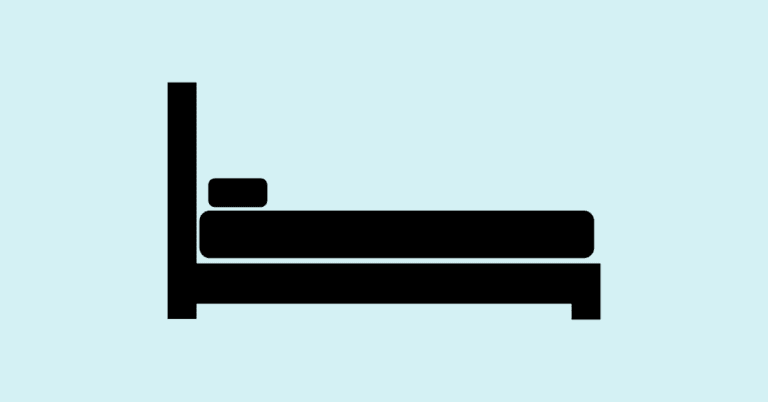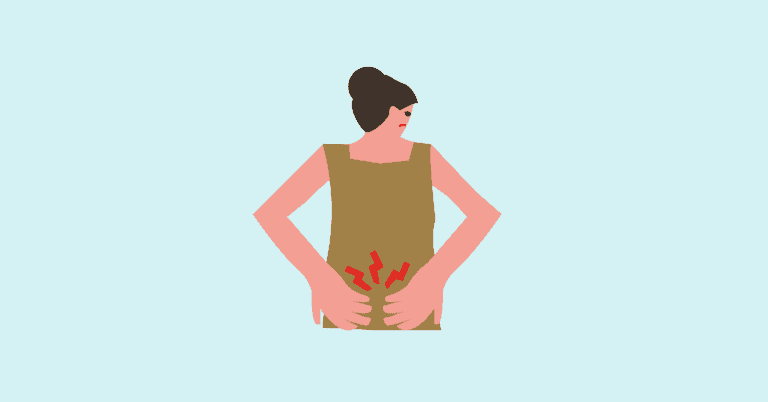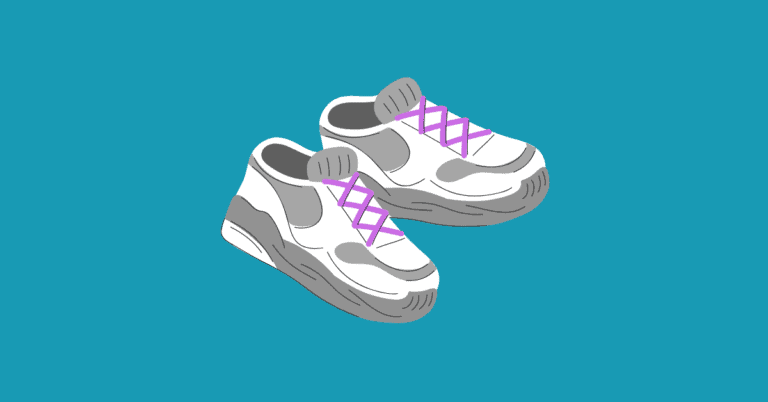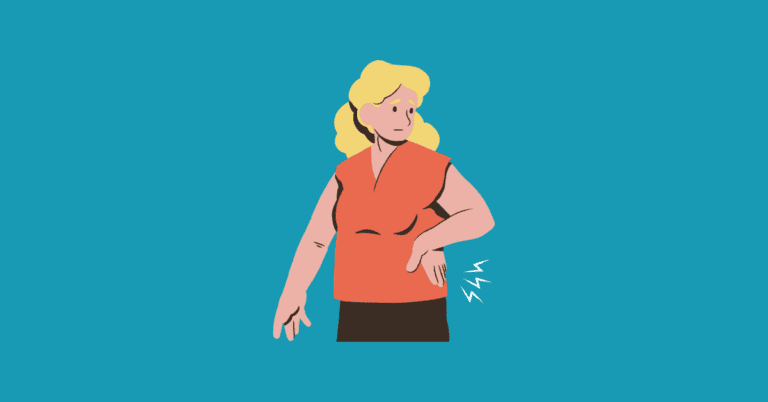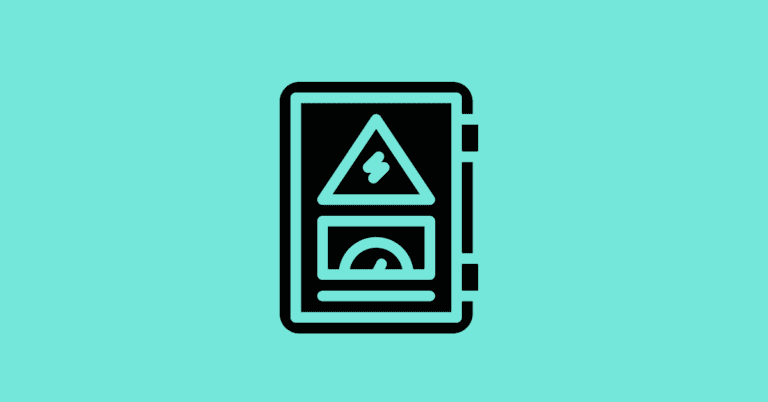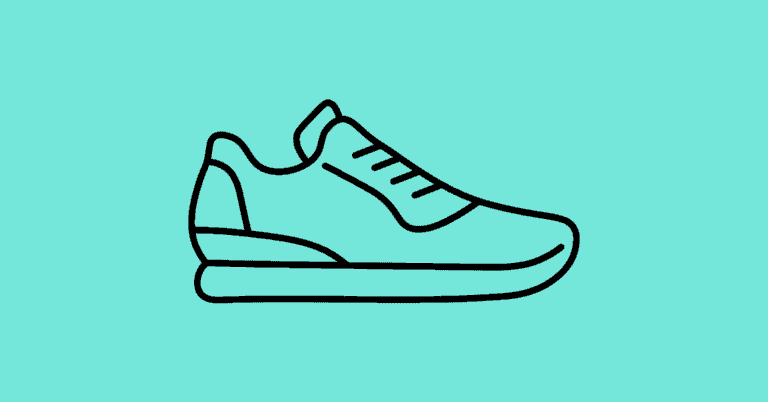Can hip pain cause back pain? Hip-Spine Relationship
Low back pain is one of the most prevalent musculoskeletal issues affecting people today. Often, individuals experience a combination of hip pain and low back pain simultaneously.
However, discerning whether the hip or spine is the primary source of pain, or if both are equally contributing to the symptoms, can often pose a diagnostic challenge. This article aims to shed light on the intricate connection between hip and back pain, exploring their interplay and potential impact on one another.
Remember, the information presented here is for educational purposes only and should not replace professional medical advice. Always consult your healthcare provider for personalized guidance and treatment options specific to your back and hip pain needs.
Can hip pain lead to back pain?

Yes, the short and simple answer is yes.
The factors contributing to your hip pain can also contribute to the development of back pain.
In most cases, it all circles back to the interplay and interconnectedness between the hip and the back. The kinetic chain concept elucidates this relationship by highlighting how every joint in our body is capable of various degrees and types of motion, with the surrounding joints influencing one another’s movements.
For instance, when you take a step, the ground reaction force travels through your ankle joint, then to your knee, followed by your hip, and ultimately to your spine, influencing each other along the way. Moreover, if you are experiencing hip pain, there is a chance you are likely moving differently to reduce pain and maintain function. This intricate chain of events illustrates how factors causing pain in the hips affect movement patterns, which can contribute to or exacerbate back pain.
Connection between hip and back
Expanding on the previous point, if there’s dysfunction present in one joint, it can eventually lead to altered movement patterns in other joints. These altered patterns can cause loads to be translated to different areas, potentially leading to microtears and pain over time.
The connection between the hip and back is significant. When there are different movement patterns or limitations in the hip, the back has to compensate in order to maintain function. This overcompensation can increase stress on the structures of the back, eventually resulting in pain. This phenomenon is sometimes clinically referred to as hip-spine syndrome4. However, the relationship between hip and back pain is often more complex than a straightforward cause-and-effect scenario. In some instances, the primary symptoms may originate from either the hip, the back, or both, making it unclear which led to the other.
Fortunately, from a treatment perspective, finding the exact pathoanatomical source of the pain doesn’t matter much. In terms of conservative treatment, research has indicated that adopting a treatment-based approach, which involves identifying the patient’s physical impairments and symptoms, and then categorizing them into specific exercise regimens, is effective1,3.
Restrictions in range of motion
When hip range of motion is limited, the back has to compensate during everyday activities; This compensation leads to sustained loading on the back over time, resulting in stress and discomfort4,7.
This relationship is particularly evident in bending activities, which serve as a functional and classic example. Take, for instance, the act of bending down to retrieve something from the floor. This motion can be divided into three phases: initially, the bending motion predominantly comes from the spinal joints in the back; then, there’s a combination of hip and back movement; finally, the hip joint’s range of motion is primarily utilized to reach the target on the floor.
However, for individuals with limited hip bending motion, the third phase is restricted, requiring additional bending movement from the joints and structures (such as muscles and ligaments) in the back to compensate. With repetition, this can eventually lead to back pain.
Lower hip muscular strength and control
The relationship between lower hip strength and back pain over time is a noteworthy aspect. Although research has not definitively established whether weak hip strength directly causes back pain, there is a consistent observation in individuals with low back pain presenting with weakened hip musculature, including the glutes and hamstrings, as indicated by various studies6. While definitive causal statements can’t be made, there appears to be a likely association between hip musculature strength and back pain.
To illustrate, consider the bending example mentioned earlier, specifically when returning from a fully bent position to an upright stance. This movement can be divided into three phases. Initially, the first phase involves muscular control from the hip extensors, followed by a combination of hip extensors and back extensors in the second phase. The final phase primarily relies on back extensor control to fully return to an upright standing position. In cases where hip extensors are weak, the burden on the back extensors significantly increases during the return to standing.
Moreover, if the back extensors are also relatively weak, they may fatigue more quickly. The cumulative effect of these factors can lead to greater load on the back muscles over time, contributing to the development of low back pain.
To note, in certain cases, a person may not be lacking hip strength but still tends to use more back musculature rather than utilizing hip muscles in daily activities simply because they unintentionally developed different patterns of movement and muscle activation. In which case, retraining movements to engage more hip musculature would be beneficial.
Excessive range of motion
Much like the impact of limited hip range of motion, excessive range of motion in the hip can play a role in contributing to back pain. While definitive causative statements are challenging to make, one recognized risk factor for developing back pain is having excessive range of motion in the spine and/or other joints, including the hip.
In such cases, focusing on core activation, coupled with targeted hip exercises, can prove beneficial in regaining spinal stability. The emphasis on strengthening the core and addressing hip mobility helps mitigate the potential risks associated with excessive joint range of motion, fostering a more stable and supportive foundation for the spine5.
Other contributing hip conditions
In individuals with specific hip-related conditions, the presence of hip pain often coincides with back pain development. For example, people with femoroacetabular impingement syndrome, a condition commonly causing hip joint pain or groin pain, frequently also report experiencing low back pain (lumbar spine region)2,4. Similarly, individuals affected by hip osteoarthritis frequently experience low back pain8.
Although the exact mechanisms underlying these conditions may vary, there is a consistent trend of increased incidence of low back pain in individuals with hip pain-inducing conditions.
Changes in movement patterns and biomechanics due to hip pain may inadvertently increase the load on the back, thereby contributing to the development of back pain over time4. Though the exact mechanisms differ across conditions, the overarching theme remains: disruptions in hip function can indirectly impact the back, potentially leading to the onset or exacerbation of back pain.
What does this mean for my hip and low back pain?
Talk to your doctor
If you’ve been experiencing hip and back pain, don’t wait until the pain worsens, or becomes chronic pain. It’s important to initiate a conversation with your doctor regarding potential treatment options. In many instances, conservative approaches such as physical therapy are often recommended initially.
PT
If you obtain a prescription for physical therapy or choose to go directly to a physical therapist (as it is often possible through direct access), you will collaborate with your PT to discuss your symptoms in detail. This discussion may cover when the pain first started, activities that alleviate or exacerbate the pain, and the quality of the pain (such as shooting pain, radiating pain , or dull ache).
During your evaluation, the PT will conduct various tests, including strength assessments, movement analysis, and range of motion assessments. These tests help the PT understand your current physical condition and identify any limitations. The exact types of exercises that would be suggested for you vary depending on your presentation. For instance, some people may have sciatic nerve (or pinched nerve) involvement, spinal stenosis (spinal canal narrowing, which affects nerves leaving the spinal cord), or even sacroiliac joint pain – all of which can lead to different therapeutic exercise treatment approaches.
All in all, based on your goals and the findings of the evaluation, you and your PT will work together to develop an individualized exercise plan. This plan may include exercises aimed at improving strength, flexibility, mobility, pain management strategies, as well as addressing any specific movement patterns or biomechanical issues identified during the evaluation process.
Additionally, as part of the pain management approach in physical therapy, individuals are educated on avoiding postures and furniture that exacerbate pain symptoms. This may involve adjusting sitting or standing positions, using supportive furniture such as supportive mattresses, and practicing proper body mechanics.
Bottomline – Can hip pain cause back pain?
The relationship between hip pain and back pain is evident. Hip pain can be a factor that contributes to the development of back pain. It is advisable to seek guidance from a healthcare professional, as individual cases vary.
References
- Bastos, R. M., Moya, C. R., de Vasconcelos, R. A., & Costa, L. O. P. (2022). Treatment-based classification for low back pain: systematic review with meta-analysis. The Journal of manual & manipulative therapy, 30(4), 207–227. https://doi.org/10.1080/10669817.2021.2024677
- Brown-Taylor, L., Bordner, H., Glaws, K., Vasileff, W. K., Walrod, B., & Di Stasi, S. (2022). Prevalence of low back pain and related disability in patients with femoroacetabular impingement syndrome. PM & R : the journal of injury, function, and rehabilitation, 14(1), 8–18. https://doi.org/10.1002/pmrj.12572
- Burns, S. A., Foresman, E., Kraycsir, S. J., Egan, W., Glynn, P., Mintken, P. E., & Cleland, J. A. (2011). A treatment-based classification approach to examination and intervention of lumbar disorders. Sports health, 3(4), 362–372. https://doi.org/10.1177/1941738111410378
- Khoury, A. N., Hatem, M., Bowler, J., & Martin, H. D. (2020). Hip-spine syndrome: rationale for ischiofemoral impingement, femoroacetabular impingement and abnormal femoral torsion leading to low back pain. Journal of hip preservation surgery, 7(3), 390–400. https://doi.org/10.1093/jhps/hnaa054
- Kim, B., & Yim, J. (2020). Core Stability and Hip Exercises Improve Physical Function and Activity in Patients with Non-Specific Low Back Pain: A Randomized Controlled Trial. The Tohoku journal of experimental medicine, 251(3), 193–206. https://doi.org/10.1620/tjem.251.193
- Pizol, G. Z., Ferro Moura Franco, K., Cristiane Miyamoto, G., & Maria Nunes Cabral, C. (2023). Is there hip muscle weakness in adults with chronic non-specific low back pain? A cross-sectional study. BMC musculoskeletal disorders, 24(1), 798. https://doi.org/10.1186/s12891-023-06920-x
- Nishimura, T., & Miyachi, R. (2020). Relationship between low back pain and lumbar and hip joint movement in desk workers. Journal of physical therapy science, 32(10), 680–685. https://doi.org/10.1589/jpts.32.680
- Tanaka, S., Matsumoto, S., Fujii, K., Tamari, K., Mitani, S., & Tsubahara, A. (2015). Factors related to low back pain in patients with hip osteoarthritis. Journal of back and musculoskeletal rehabilitation, 28(2), 409–414. https://doi.org/10.3233/BMR-140535
